News Beat
News Beat reporting is an idrw.org initiative to let our Readers to report News Based on Actual facts but some how has not been reported in Main Stream Media .
SOURCE: RAUNAK KUNDE / NEWS BEAT / IDRW.ORG
Amidst whispers and speculation, India’s indigenous Archer-NG, a Medium-Altitude Long-Endurance (MALE) Unmanned Aerial Vehicle (UAV), is poised to take flight. Developed by the Aeronautical Development Establishment (ADE) of DRDO, the Archer-NG promises to strengthen India’s aerial surveillance and strike capabilities.
Contrary to speculation, the Archer-NG is not a licensed variant of the Israeli Heron MkII. While it draws inspiration from existing technologies, it marks a significant leap forward in indigenous design and development. In fact, the project leverages the extensive expertise gained through the Tapas program, a crucial stepping stone in India’s UAV development journey.
Continue readingSOURCE: RAUNAK KUNDE / NEWS BEAT / IDRW.ORG
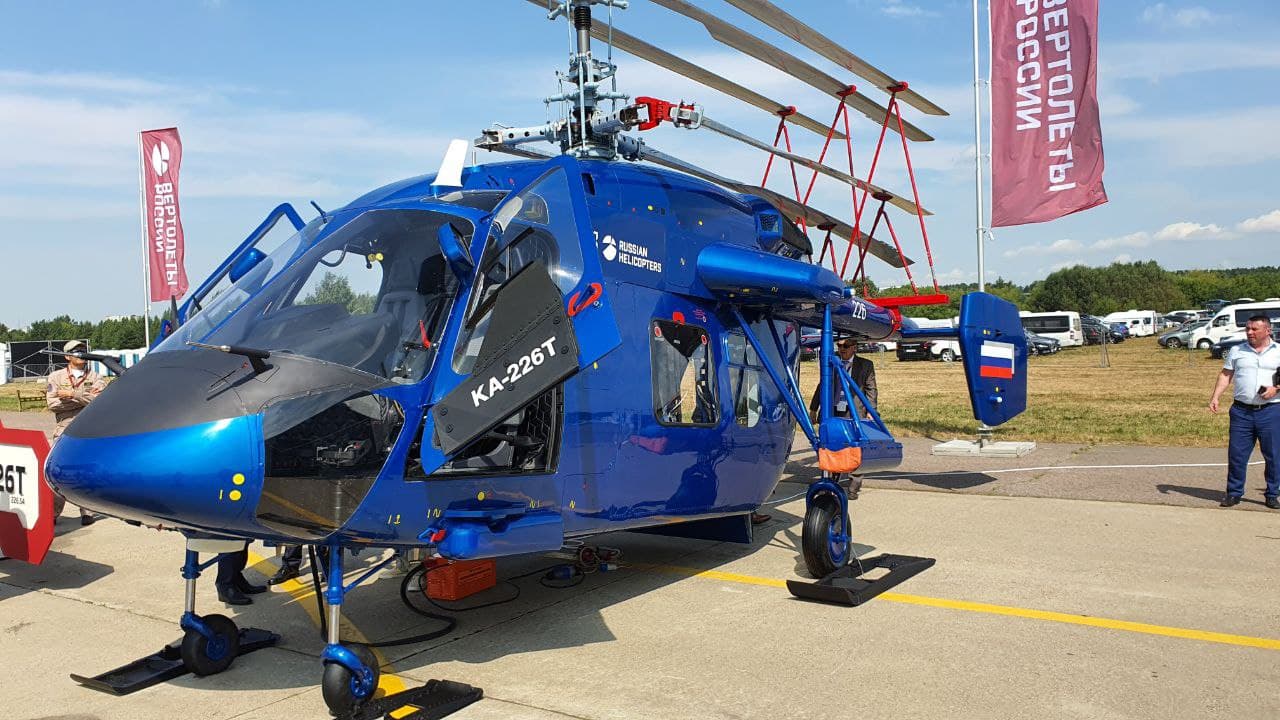
India’s long-held dream of replacing its ageing Cheetah and Chetak helicopters with modern Russian Ka-226Ts seems to be grounded over complex engine issues. Though chosen by both the Indian Army and Air Force, two critical roadblocks threaten the program’s future:
Despite ambitious goals, India’s state-owned Hindustan Aeronautics Limited (HAL) is struggling to achieve the desired level of local manufacturing for the Ka-226T. The current French engine hinders reaching the stipulated 75% localization target, falling short at 62.4%.
Continue readingSOURCE: RAUNAK KUNDE / NEWS BEAT / IDRW.ORG
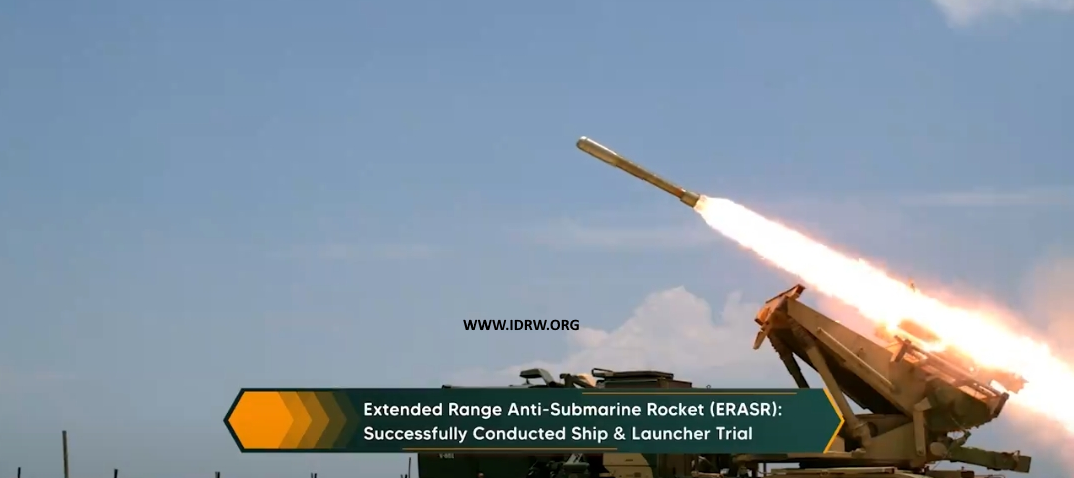
In a groundbreaking development showcased in the DRDO Year End Review of 2023, the Defence Research and Development Organisation (DRDO) unveiled the first image of a land-based system of the Extended Range Anti-Submarine Rocket (ERASR). This technological marvel, developed by the Armament Research & Development Establishment (ARDE), signifies a significant advancement in India’s anti-submarine warfare capabilities.
The ERASR completed successful trials from Ship and Launcher Trials in 2023, marking a pivotal moment in the evolution of anti-submarine weaponry. Developed by ARDE, the Extended Range Anti-Submarine Rocket (ER-ASR) is designed to enhance the range of the existing RGB-60 Anti-Submarine Rocket from 5.3 km to an impressive 8.0+ km. The successful trials validate its effectiveness in real-world scenarios, setting the stage for its potential deployment in naval operations.
Continue readingSOURCE: RAUNAK KUNDE / NEWS BEAT / IDRW.ORG
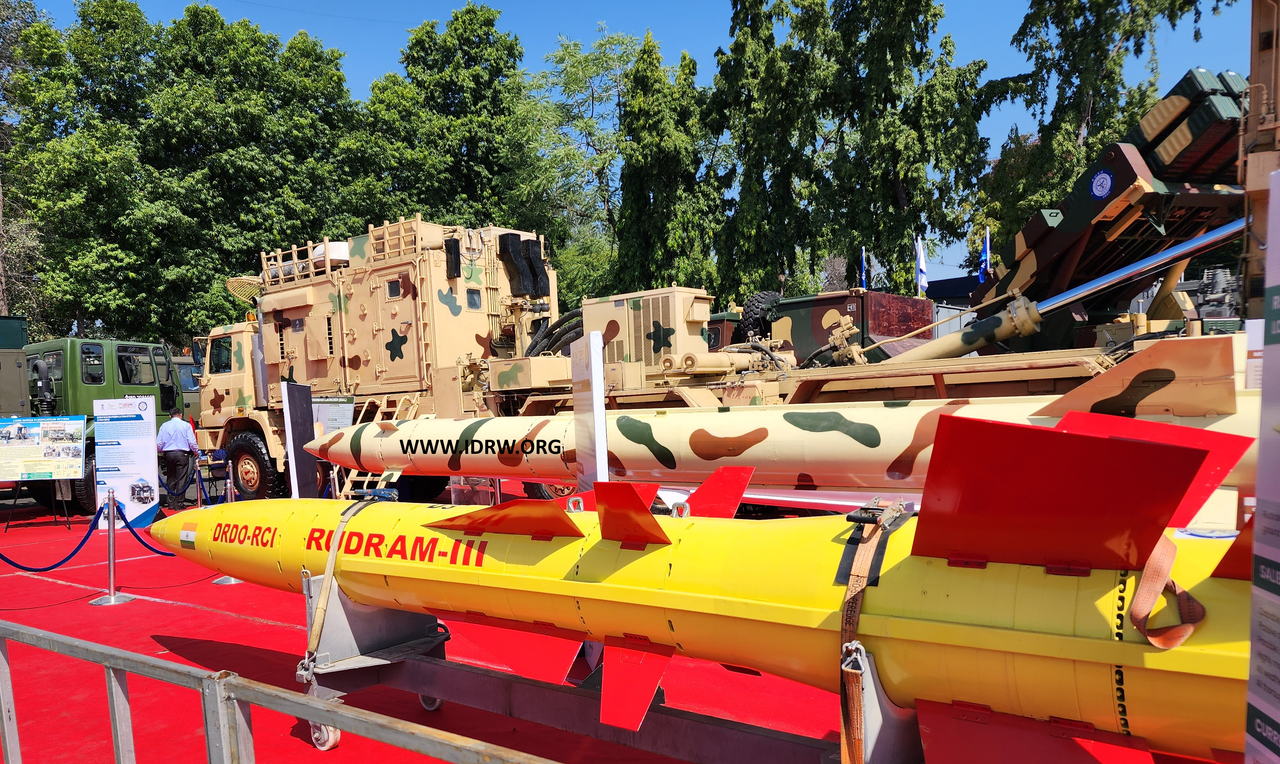
As 2023 draws to a close, India’s missile arsenal stands poised for further expansion in 2024. With a consistent record of both public and classified tests throughout the year, the Defence Research and Development Organisation (DRDO) is gearing up for more trials and potentially unveiling game-changing technologies.
Here’s a glimpse into what we can expect:
Continue readingSOURCE: RAUNAK KUNDE / NEWS BEAT / IDRW.ORG
India’s Aeronautical Development Establishment (ADE) is gearing up for the next chapter in its unmanned aerial vehicle (UAV) program with the upcoming Archer-NG. This indigenously developed Weaponized Medium Altitude Long Endurance (MALE) UAV promises to be a game-changer, offering advanced capabilities for Intelligence, Surveillance, Target Acquisition, Tracking and reconnaissance (ISTAR) missions and even venturing into strike roles.
At the heart of Archer-NG lies a powerful engine, crucial for its impressive performance. Initially, the UAV will be powered by an Austro Engine 330EP, generating 177 HP. However, the true potential lies in the indigenous engines being developed by the Vehicle Research and Development Establishment (VRDE).
Continue readingSOURCE: RAUNAK KUNDE / NEWS BEAT / IDRW.ORG
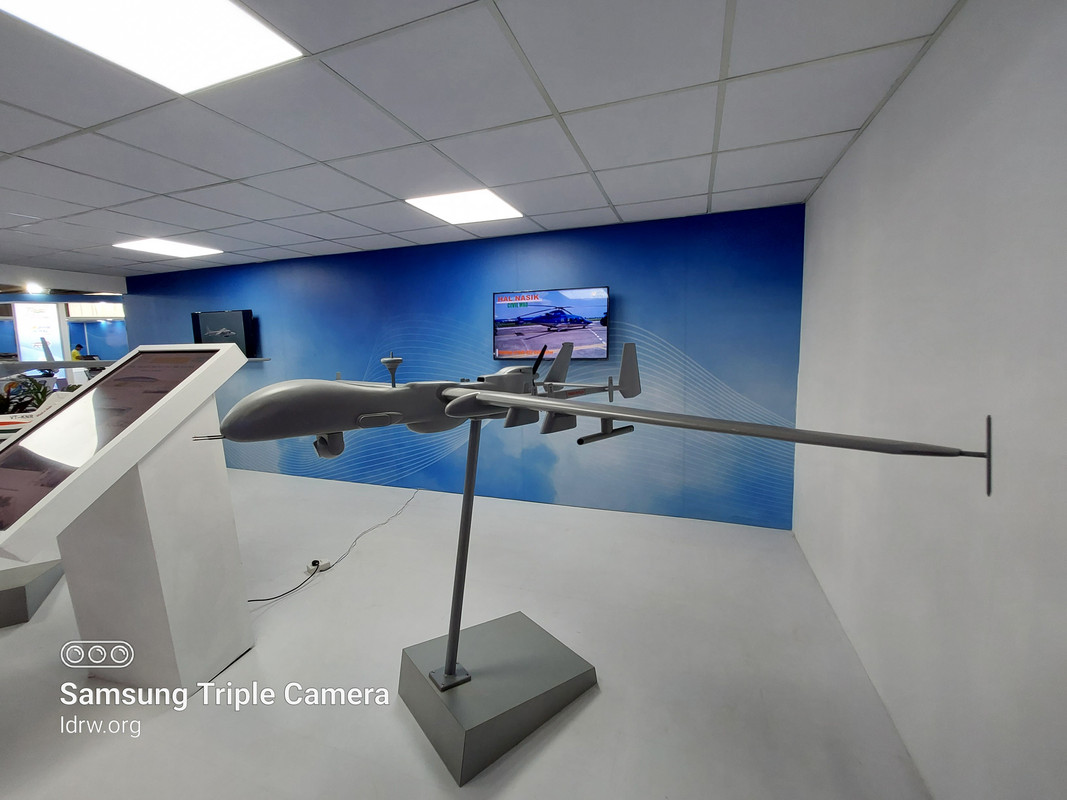
Following the closure of India’s Tapas Medium Altitude Long Endurance (MALE) UAV program due to technical shortcomings, Israel Aerospace Industries (IAI) has stepped forward with an offer to locally manufacture its Heron Mk II unmanned aerial vehicles (UAVs) in collaboration with Hindustan Aeronautics Limited (HAL). This proposal comes in the wake of IAI’s successful supply of Heron Mk II UAVs to the Indian Air Force (IAF) and the growing emphasis on indigenous manufacturing in the defence sector.
IAI’s Heron Mk II UAVs, recently procured by the Indian Air Force, have demonstrated advanced capabilities, prompting IAI to extend an offer for local manufacturing in collaboration with HAL. This proposal aligns with India’s push for self-reliance in defence manufacturing and technology, emphasizing the importance of indigenous production.
Continue readingSOURCE: RAUNAK KUNDE / NEWS BEAT / IDRW.ORG

In a major leap forward for indigenous defense capabilities, the Defence Research and Development Organisation (DRDO) has confirmed the successful testing of the Prototype DATRAN 1500hp engine for the Futuristic Main Battle Tank (FMBT). This development, highlighted in the DRDO Year End Review of 2023, showcases India’s commitment to advancing its technological prowess in the field of defense. The engine, a product of collaborative efforts with Bharat Earth Movers Limited (BEML), is a key component in the quest to enhance the country’s armored warfare capabilities.
Bharat Earth Movers Limited (BEML) has played a pivotal role in the realization of the DATRAN 1500hp engine. Taking on the responsibility of Design, Development, and Supply of these high-powered engines to CVRDE, BEML has demonstrated its commitment to advancing India’s defense manufacturing capabilities. The successful collaboration between DRDO and BEML underscores the synergy between government agencies and private enterprises in achieving strategic defense objectives.
Continue readingSOURCE: RAUNAK KUNDE / NEWS BEAT / IDRW.ORG
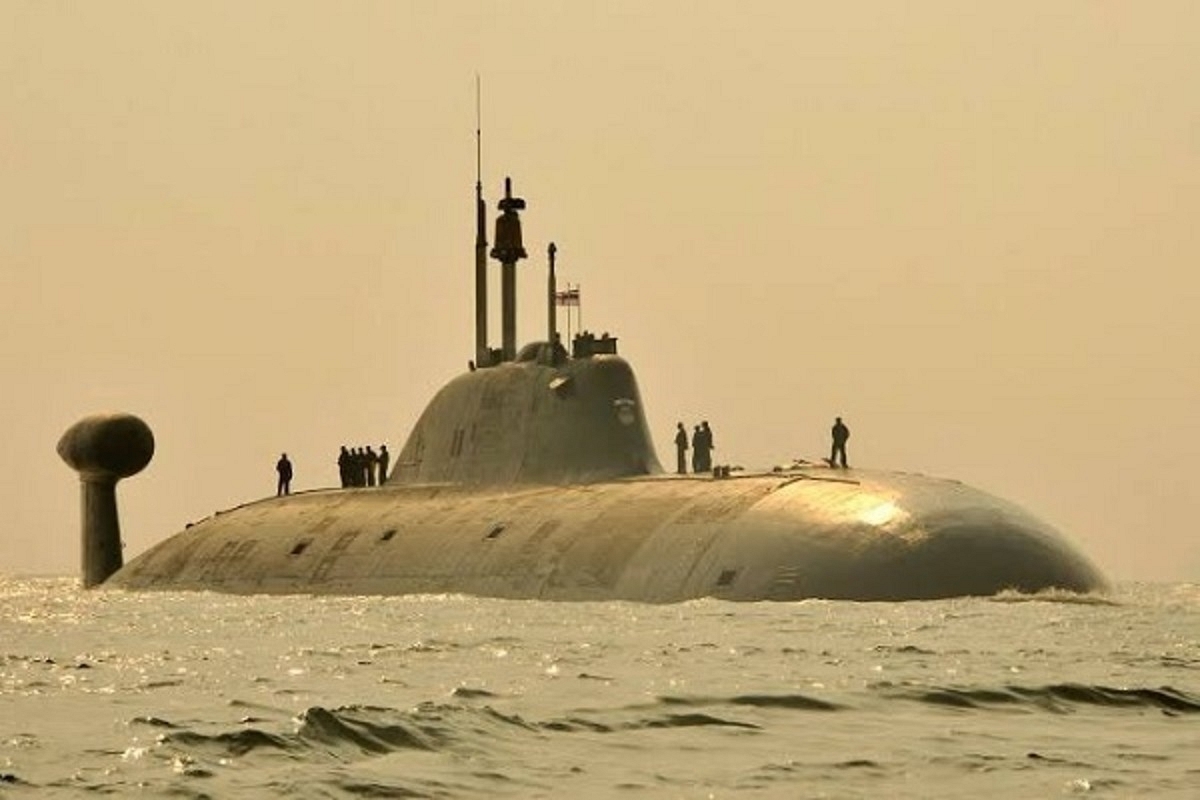
The fate of India’s highly anticipated Akula-class nuclear-powered attack submarine, Chakra-3, hangs in the balance as Russia grapples with delivery delays and India navigates complex financial hurdles. Despite assurances from Russia during External Affairs Minister S Jaishankar’s recent visit, the path towards acquiring this crucial underwater asset remains shrouded in uncertainty.
In 2019, India inked a $3 billion deal with Russia to lease an Akula-class submarine for a decade. This advanced acquisition, known as Chakra-3, was slated to bolster India’s maritime prowess and deter regional adversaries.
Continue readingSOURCE: RAUNAK KUNDE / NEWS BEAT / IDRW.ORG

While India might be behind the curve in joining the 5th generation fighter jet club with its Advanced Medium Combat Aircraft (AMCA), it’s already peeking into the future. Former Air Chief Marshal RKS Bhadauria and outgoing ADA chief Girish Deodhare offer exciting insights into the AMCA’s potential, hinting at technologies bordering on the 6th generation.
Deodhare’s description of AMCA as a “5.5 generation” aircraft is intriguing. It signifies the integration of cutting-edge features not yet found in operational 5th gen jets but poised to be core elements of future 6th gen fighters developed by global powers. This puts India on a fascinating path, not just catching up but potentially leapfrogging with next-generation advancements.
Continue readingSOURCE: RAUNAK KUNDE / NEWS BEAT / IDRW.ORG
The Aeronautical Development Establishment (ADE) is developing a new Medium Altitude Long Endurance (MALE) class Unmanned Aerial Vehicle (UAV) called the Archer-NG. The UAV is expected to be rolled out in early 2024 with the first flight expected by mid-2024.
The Archer-NG will be equipped with technologies like avionics, software, a Ground Control Station and a Ground Data Terminal developed for the Rustom-2 UAV program. The Rustom-2 program was closed down due to its failure to meet the Indian Armed Forces’ requirement of an altitude of 30,000 ft and an endurance of 24 hours. The Archer-NG is being designed to address these shortcomings.
Continue readingSOURCE: RAUNAK KUNDE / NEWS BEAT / IDRW.ORG

The Indian Air Force (IAF) has set its sights beyond the atmosphere, proposing a groundbreaking transformation into the Indian Air and Space Force (IASF). This ambitious move aims to propel India into the ranks of major aerospace powers, with a focus on harnessing the strategic potential of space.
At the heart of this vision lies the development of Co-orbital weapons, a controversial yet potentially game-changing technology. These satellites, equipped with explosives, lasers, or other directed-energy weapons, would be maneuvered in orbit to neutralize enemy satellites or even ground targets.
Continue readingSOURCE: RAUNAK KUNDE / NEWS BEAT / IDRW.ORG

It’s been over a decade since the Sukhoi Su-57, Russia’s first fifth-generation fighter jet, took to the skies. Yet, despite its impressive capabilities, the aircraft has struggled to find widespread adoption, particularly among its traditional allies like India and China.
India and China have long been major buyers of Russian fighter jets. However, both nations have taken different paths in the era of fifth-generation fighters. China has successfully developed its own J-20, while India, after a failed co-development project with Russia for the FGFA (Fifth Generation Fighter Aircraft) based on the Su-57 airframe, is focusing on its own Tejas and AMCA programs.
Continue readingSOURCE: RAUNAK KUNDE / NEWS BEAT / IDRW.ORG
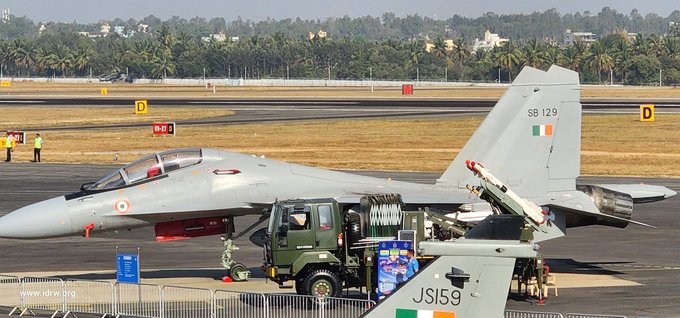
The Indian Air Force (IAF) and Hindustan Aeronautics Limited (HAL) are embarking on a major upgrade program for their fleet of 84 Sukhoi-30MKI fighter jets. This ambitious project will see a significant overhaul of the aircraft’s avionics, systems, and components, with a focus on incorporating Indian-made technologies and weapon systems. While this move towards self-reliance is laudable, it also presents challenges in integrating Western weapons onto a platform originally designed for Russian armaments.
The upgrade program prioritizes Indian-made sensors and avionics, enabling the Sukhoi-30MKI to seamlessly integrate domestic weapons like the Astra air-to-air missile family and Rudram air-to-surface missiles. This not only reduces dependence on foreign arms but also boosts the Indian defence industry. Additionally, the IAF plans to equip the upgraded jets with the MBDA-developed ASRAAM close-combat missile, demonstrating a continued willingness to leverage proven Western technologies where necessary.
Continue readingSOURCE: RAUNAK KUNDE / NEWS BEAT / IDRW.ORG
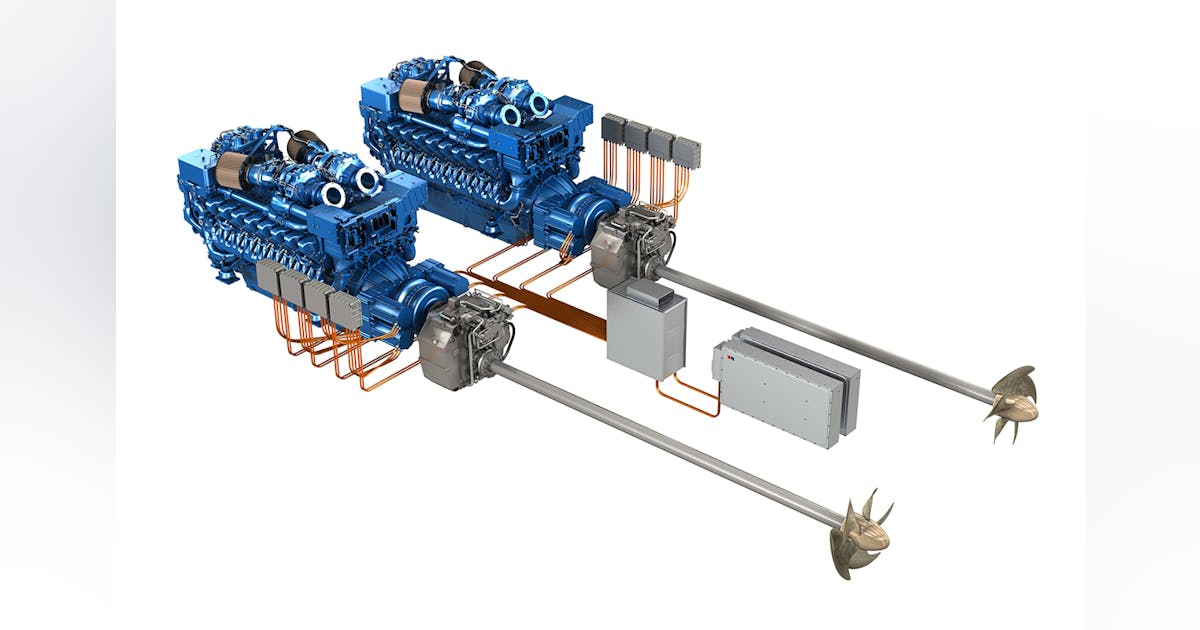
Rolls-Royce, a renowned name in the world of power and propulsion, has thrown its hat in the ring for India’s upcoming Next-Generation Destroyer (NGD) program with a cutting-edge hybrid propulsion solution. This proposal promises not only enhanced operational capabilities but also improved efficiency and cost-effectiveness.
At the heart of the Rolls-Royce solution lies a single, highly reliable gas turbine engine, capable of generating a powerful 36-40 MW of power even in scorching temperatures of 100°F. This engine, likely the Rolls-Royce MT30, will be the workhorse of the hybrid system, propelling the destroyer to full speed in a matter of minutes.
Continue readingSOURCE: RAUNAK KUNDE / NEWS BEAT / IDRW.ORG
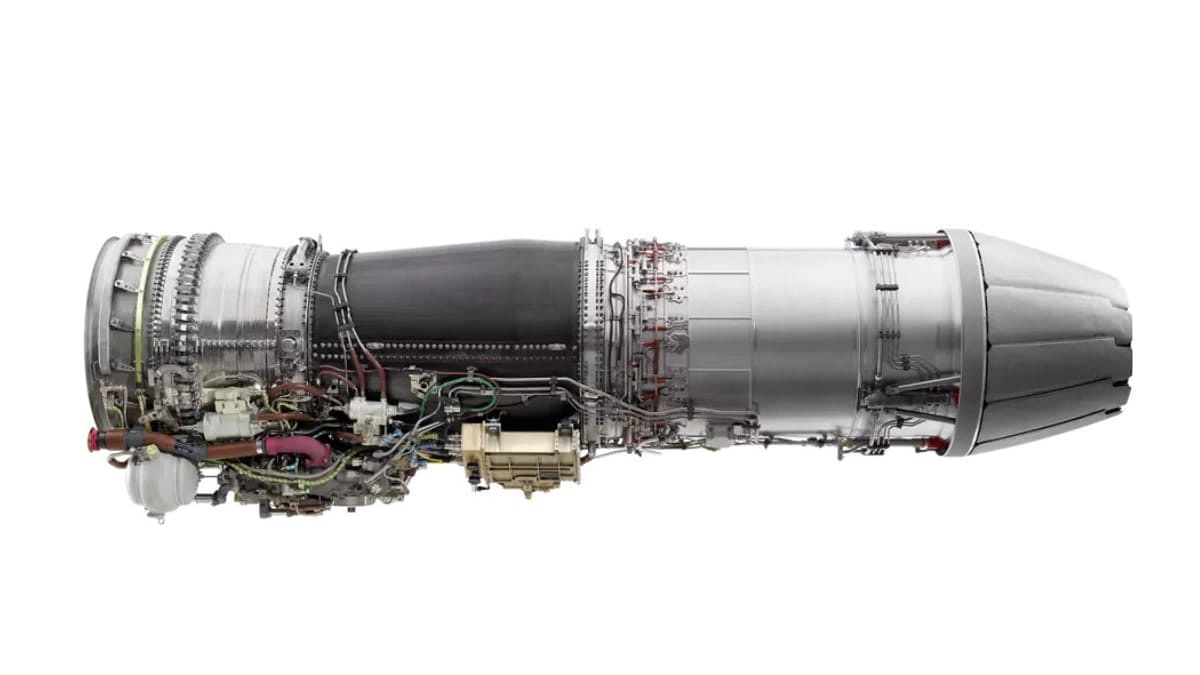
The sale of General Electric’s F-414 engine to India has come under meticulous review by the U.S. government’s Department of Commerce, governed by the International Traffic in Arms Regulations (ITAR). This regulatory framework is designed to evaluate critical technology risk and risk mitigation associated with the transfer of advanced defence technology. According to insiders, the deal includes an unprecedented 80% Transfer of Technology (ToT) to India, setting the stage for a comprehensive evaluation process that involves multiple U.S. government departments.
The ITAR process is a crucial mechanism for ensuring that the transfer of sensitive defence technologies, such as the F-414 engine, is conducted with utmost care and adherence to national security interests. It is within the purview of the Department of Commerce to oversee this process, emphasizing a thorough examination of the associated risks and appropriate mitigation strategies.
Continue reading